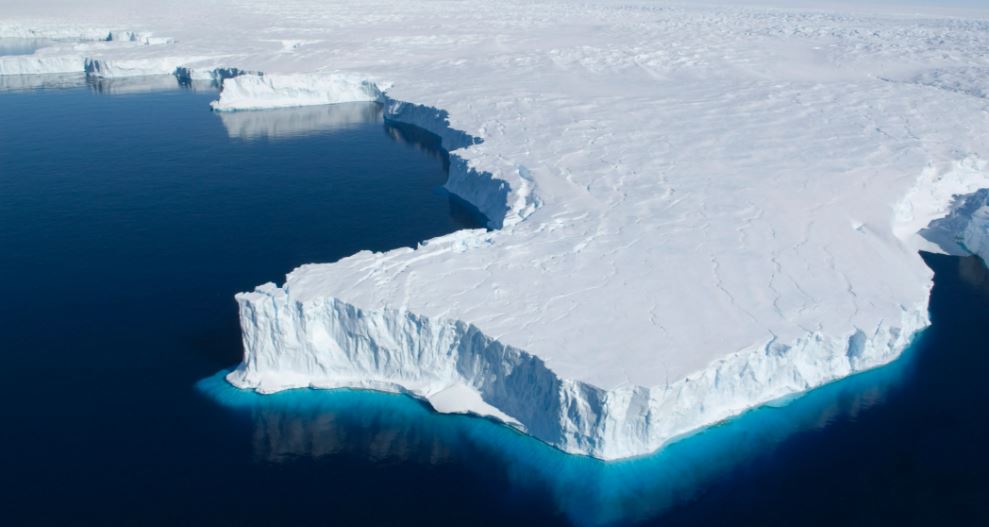While the world pays attention to the drought in Europe; Pakistan, a Middle Eastern country that has been hit by the epidemic and the economic impact of inflation, has also experienced unprecedented climate disasters in recent months. The worst floods in history have killed at least 1,100 people.
When the storm is over, experts estimate that one-third of Pakistan’s land will be submerged in water.
The torrential rains, which lasted more than two months, affected 33 million people, or 15 percent of Pakistan’s 220 million people, and were the worst floods in the country’s history.
For the entire season through August, rainfall was nearly 190 percent higher than the 30-year average, totaling 390.7 mm, with a province of 50 million people hardest hit, with rainfall 466 percent higher than the 30-year average.
Now at least 72 of Pakistan’s 160 districts have been declared disaster areas.
Initial estimates put the damage from the floods at more than $10 billion. Pakistan’s prime minister is concerned that the floods could lead to severe food shortages and exacerbate a surge in inflation in an already volatile economy.
Southern early-sown wheat was also affected as more than 2 million acres of farmland were inundated, with severe damage to paddy fields and vegetable and fruit crops.
In particular, the key cotton for Pakistan’s textile industry, which accounts for more than 60% of exports, is now 45% of the cotton crop washed away.
Crops were flooded and roads were impassable, food prices soared, tomato and onion prices skyrocketed. Inflation in Pakistan hit 24.9% in July.
It may take five years to rebuild and restore order in the country, and short-term food shortages are unavoidable.
Pakistan has negotiated wheat imports with Russia and even considered vegetables from longtime nemesis India, two neighbors that have not had any trade for a long time, and Indian Prime Minister Narendra Modi said he was saddened by the damage caused by the floods.
The situation is likely to worsen as heavy rains continue to hit areas that have been inundated by storms and flooding for more than two months.
Tens of thousands of families in Pakistan are now leaving their homes, moving to safer places, staying with relatives or heading to state camps, while others spend the night outdoors waiting for help such as tents, food and medicine.
Experts believe that Pakistan is in an economic crisis, facing high inflation, currency devaluation and current account deficit, and the impact of the floods is devastating.
Official data in recent weeks have shown that foreign exchange reserves are only enough for one month of imports.
Pakistan to receive Funds from IMF
Pakistan has appealed for international aid, and some countries have distributed supplies and relief teams.
Pakistan receives $1.1 billion bailout from International Monetary Fund (IMF).
According to the global climate risk index of the non-profit organization Germanwatch, Pakistan is the eighth country most affected by climate change from 2000 to 2019.
People living in tropical regions such as South Asia are 15 times more likely to die from the effects of the climate crisis. Pakistan’s carbon footprint is less than 1 percent of the world’s, and the government blames developed countries for the floods.
The UN secretary-general also said the world owed Pakistan a victim of climate change caused by the irresponsible development of developed countries, and called on them to “stop this sleepwalking that allows climate change to destroy the planet.”




